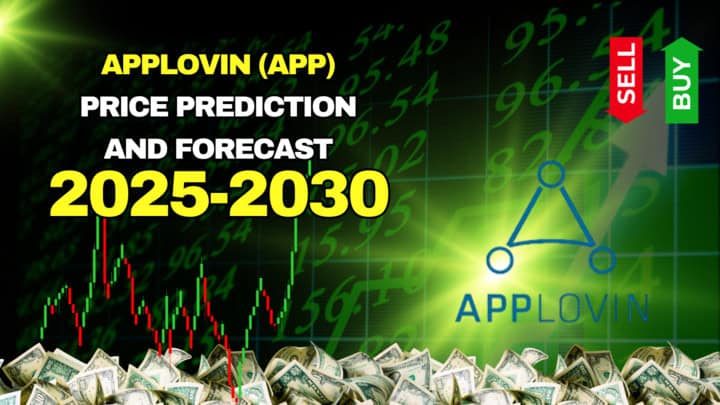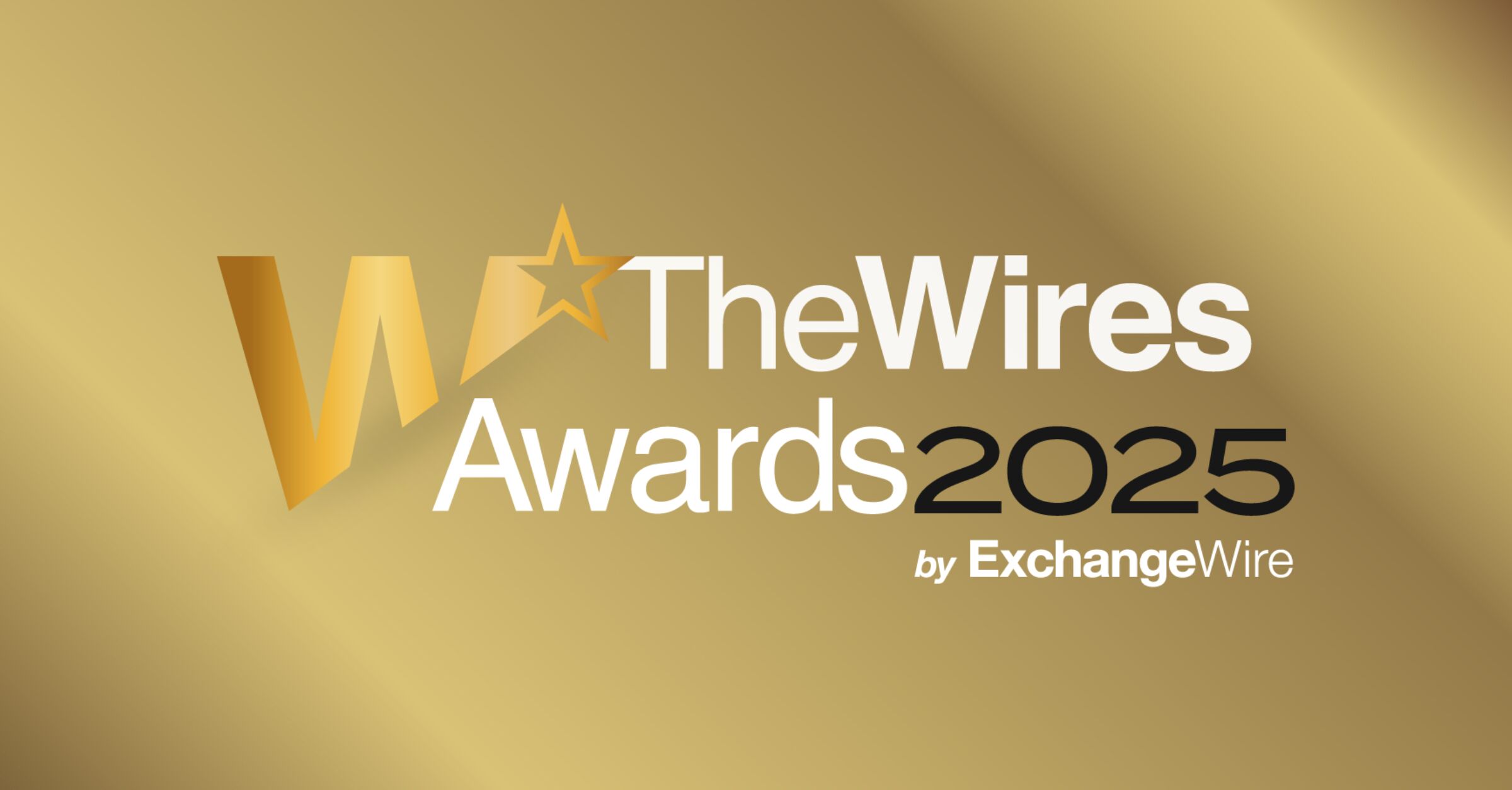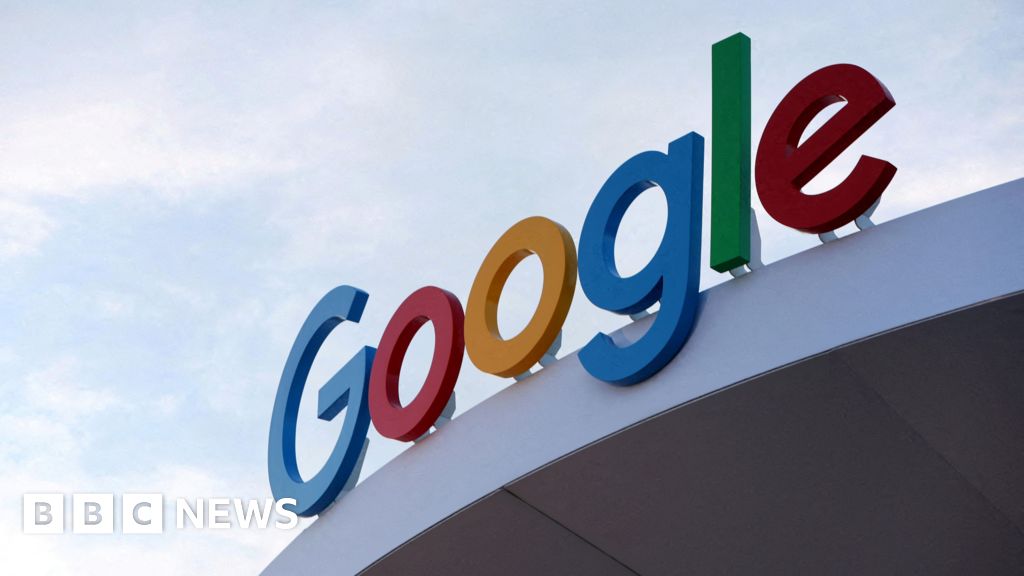#ad-tech
#ad-tech
[ follow ]
#antitrust #google #google-antitrust #programmatic-advertising #applovin #divestiture #digital-advertising
fromDigiday
1 day agoInside the 'grand bargain' to reconcile ad tech's warring middlemen
The latest transparency saga to engulf the ad tech sector, or transaction-IDs or TIDs, has thrown up several terms that have had some of the industry's most erudite names debating terms such as auction density, bidding rings and deduplication. It all bubbled to the surface in mid-August when Prebid, the open-source consortium responsible for much of the internet's programmatic advertising infrastructure, quietly altered how TIDs are generated in its 10.9 update, sparking impassioned debate over transparency.
Marketing tech
fromTipRanks Financial
1 week agoNetflix says on track to more than double ads revenue in 2025 - TipRanks.com
We've come a long way in building our advertising business in less than three years. In that time, we've gone from zero members on our ads plan to achieving sufficient scale in all 12 of our ads markets (and we'll continue to grow from here), building out our ad sales and operations teams, and enhancing our capabilities for advertisers including launching our own first party ad tech stack (Netflix Ads Suite).
Marketing tech
Marketing tech
fromDigiday
2 weeks agoOverheard at Prebid Summit: 'Way too often, there's a delta between what people do, and what they say they will do'
Prebid Summit centered on AI-driven disruption, antitrust fears, and industry initiatives to redefine supply-side platforms while defending open-internet competition.
fromDigiday
2 weeks agoAd Tech Briefing: Inside The Trade Desk's POV on the future of open internet monetization
In particular, his Oct. 2 opinion piece targeted resellers and supply-side platforms accused of duplicating and obfuscating bid requests. Green argued that recent changes to the industry's Transaction ID, or "TID" (hurray for a new ad tech abbreviation), introduced by some resellers, undermine transparency and disadvantage premium publishers by making auctions less efficient. He framed the conflict as a battle between publishers seeking fair yield and resellers protecting inefficient margins.
Marketing tech
fromForbes
2 weeks agoHow AI Innovation Is Changing The Picture For Out-Of-Home Advertising
"If a picture paints a thousand words then why can't I paint you?" - David Gates/Bread I don't know if humans created paintings before they created language, but it's safe to say that telling stories through images is one of our oldest forms of communication. Fast forward to today and the leaders of the out-of-home advertising industry - "it's not just billboards anymore" - are working to modernize their business with the latest developments in artificial intelligence and advertising technology. How are they doing? To answer that I spent some time with a group of folks at the vanguard of the business.
Marketing tech
Marketing tech
fromAdExchanger
3 weeks agoOptable Rethinks Data Collaboration With The Introduction Of Autonomous AI Agents | AdExchanger
AI agents integrated into Optable's identity management enable improved audience monetization, automated campaign-audience matching, and cross-platform data collaboration for advertisers and publishers.
fromThe Motley Fool
3 weeks agoThe Best Stocks to Invest $1,000 in Right Now | The Motley Fool
It might seem like a daunting time to buy new stocks. The S&P 500 is hovering near all-time highs and trading at historically high valuations, and some unpredictable headwinds -- including tariffs, geopolitical conflicts, and a government shutdown -- could pop that bubble. But if you have $1,000 to set aside for a least a few years and can look past those near-term challenges, there are still plenty of growth stocks worth investing in.
Business
fromDigiday
3 weeks agoFrom walls to frameworks: Publishers and tech giants push weekly talks on AI content use
More than 70 companies gathered for the workshop, roughly half of which were publishers - a handful from Europe. The rest were a mix of big tech representing their respective LLMs, tech vendors and cloud edge companies Cloudflare and Fastly, who are now taking a far more active role in helping publishers block unauthorized bots, shifting from background tech enablers to vocal gatekeepers in the AI era.
Marketing tech
fromAol
4 weeks agoOpenAP Expands Beyond TV, Adding Inventory From Streamers, Cinema and Demand Side
Newly added partners include Samsung, LG Ads, Hallmark Digital, Vevo, Allen Media Group's Local Now, Future Today's FawesomeTV, MediaCo's Estrella and Canela, along with Yahoo DSP; FreeWheel and PubMatic; Screenvision; and Nexstar Media Group, Scripps Networks, Reelz and Audyns.
Marketing tech
fromExchangewire
4 weeks agoMobupps' Yaron Tomchin on Championing Gender Equality and DEI in Ad Tech
Because at its core, growth isn't just about KPIs or quarterly results. Every success story begins with people. Building long-term impact in any industry requires investing in individuals both as professionals and as human beings. That is why the principles of diversity, equity, and inclusion, alongside gender equality and personal development, must sit at the heart of ad tech's future.
Women
Marketing tech
fromExchangewire
1 month agoDigest: Meta Launches UK Ad-Free Subscription; Trump Signs TikTok Transfer to US Owners; OpenAI Plans In-House Ad Tech Build
Major tech shifts: Meta offers paid ad-free UK subscriptions; TikTok to transfer US operations to US owners; OpenAI plans internal ad tech.
Marketing tech
fromExchangewire
1 month agoDigest: Novacap to Acquire IAS for $1.9bn; Microsoft Plans Publisher Content Marketplace; Canada Says TikTok Fails on Child Data Protection
Novacap buys IAS for USD$1.9bn; Microsoft pilots a publisher content marketplace; LinkedIn will train AI on member data by default; Canada flags TikTok child-data failures.
fromMarTech
1 month agoHow safe are your Media Operations, really? Discover Digital Media Safety | MarTech
Digital is no longer just a marketing channel, it's the backbone of business. Global ad spend is expected to reach $740B by 2025, reflecting both opportunity and increasing complexity. Every day, your teams or agencies juggle dozens of platforms - Google, Meta, Amazon, DSPs - each with its own setup rules, metrics, formats and workflows. Add evolving AI tools, tighter deadlines, demand for hyper-personalization and pressure for performance... and the stakes rise fast.
Marketing tech
Marketing tech
fromDigiday
1 month agoThe Rundown: Recapping Digiday's four onstage interviews during DMexco 2025
Commerce and ad tech must evolve through agency-led, interoperable, AI-powered strategies, improved measurement, and privacy-friendly transaction data to drive unified, incremental outcomes.
fromExchangewire
1 month agoXPLN.AI Opens Office in Milan & Appoints Anna Iuculano as Managing Director Italy
XPLN.AI, the ad attention measurement and optimisation specialist, announces the opening of its new office in Milan along with the appointment of Anna Iuculano as managing director Italy. Following a recent €7m (£5.9m) fundraising round, XPLN.AI is significantly accelerating its international expansion, with the opening of six offices in Europe, the United States and Asia Pacific in 2025, to meet the rising demand for attention-based solutions to measure advertising effectiveness.
Marketing tech
fromExchangewire
1 month agoThe Self-Serve Shift Publishers Can't Afford to Miss - ExchangeWire.com
Advertising tech publishers are striving to maximise their revenue, as the economic climate continues on a precarious trajectory. A large portion of advertisers are tightening their belts, seeking to activate campaigns with reduced budgets, and as a result, directing less spend to publishers. Smaller advertisers particularly are likely to feel the financial pressure, as they attempt to make budgets go as far as possible.
Marketing tech
fromTipRanks Financial
1 month agoAmazon (AMZN) and Netflix (NFLX) Join Hands to Expand Advertising Reach - TipRanks.com
This partnership reflects the continued focus of Amazon and Netflix on expanding their advertising businesses. This deal strengthens Amazon's role in advertising and also points to its growing position as a key backend service provider. With Prime Video boasting more than 300 million ad-supported viewers monthly, AMZN is becoming a one-stop shop for advertisers looking to reach a massive audience.
Marketing tech
Marketing tech
fromAdExchanger
1 month agoHealth Care DSP DeepIntent Sells $637 Million Majority Stake To PE Firm Vitruvian Partners | AdExchanger
Vitruvian Partners invested $637 million for a majority stake in DeepIntent, expanding its healthcare portfolio and entering ad tech via a healthcare-focused DSP.
Marketing tech
fromPC Gamer
1 month ago'The fact is that today, the open web is already in rapid decline,' says Google in court, then quickly rows back on that statement
Search quality has declined as corporate ad priorities and AI-generated summaries prioritize profit over accurate information and the open web.
fromThe Motley Fool
1 month agoAI Spending Could Soar 600%: 2 Brilliant AI Stocks to Buy in September (Hint: Not Nvidia or Palantir) | The Motley Fool
Meta Platforms and Pure Storage are poised to benefit as artificial intelligence spending continues to surge in the years ahead. Morgan Stanley analysts estimate artificial intelligence (AI) spending across infrastructure and software will increase more than 600% by 2028. Buying stock in Nvidia and/or Palantir has been a popular way to capitalize on that trend, but investors should consider Meta Platforms and Pure Storage.
Artificial intelligence
fromAdExchanger
1 month agoRoqad Acquires Zeotap's Third-Party Data Arm To Get A Leg Up On Identity In Europe | AdExchanger
On Tuesday, Roqad, a company that now describes itself as "the LiveRamp of Europe," announced its acquisition of Zeotap-Data, the third-party data division of Zeotap, a startup that once wanted to be the LiveRamp of Europe. Both companies declined to share the financial terms. Roqad CEO Carsten Frien told AdExchanger the deal will help Roqad expand its identity resolution business through access to scaled third-party audience segments and Zeo tap Data's integrations with around 30 ad tech partners, including The Trade Desk, Adform, Google's DV360 and Amazon DSP.
Marketing tech
fromAdExchanger
2 months agoThere Are No Sellers, Only Resellers; BlueSky's Blue Ocean (For Marine Biologists) | AdExchanger
Put another way, SSPs are being cut out of deals as much as possible in the interest of supply-path optimization - which means more demand is flowing through OpenPath, TTD's direct connection to publishers. Oh, and TTD gets more revenue in the long run. But should all SSPs really be classified as resellers? Under the IAB's ads.txt spec , publishers can declare SSPs as either direct or indirect sellers of their ad inventory. And if the SSP is authorized as a direct seller in ads.txt, then it "is indeed a direct supply chain," according to Jounce . But a recent update to TTD's partner portal says: "We consider SSPs to be intermediaries because they are not a direct path to inventory." That's why, when a publisher sells inventory through an SSP and OpenPath, TTD's Kokai platform penalizes the SSP path and prioritizes OpenPath . TTD defends this approach by noting some SSPs take exorbitant cuts of publisher revenue and claiming that OpenPath funnels more money to pubs. But one anonymous source tells Digiday they've seen publisher payouts drop 50% as TTD directs more spend to OpenPath.
Marketing tech
Marketing tech
fromDigiday
2 months agoWhy Ace Hardware believes its RMN can be a late-stage competitor - without 'homegrowing anything'
Ace Hardware launched RedVest Media retail media network to capture late-mover advantages by offering onsite and offsite ad solutions, standardized measurement, and a plug-and-play tech stack.
fromThe Hollywood Reporter
2 months agoWhy Fanatics Is Taking a Swing at the Sports Advertising Business
"In a increasingly divided world, there are a few things that can bring people together, and sports is one of them," Gorman says in an interview with The Hollywood Reporter. "Brands want to surround themselves with those moments that people are finding joy in."
Marketing tech
[ Load more ]
































